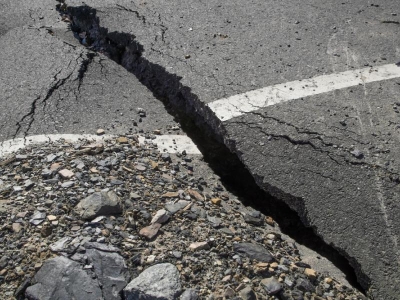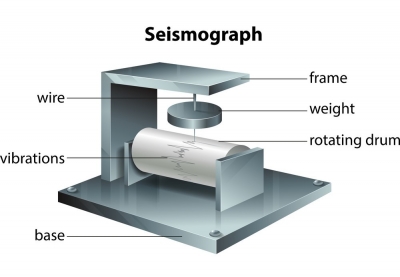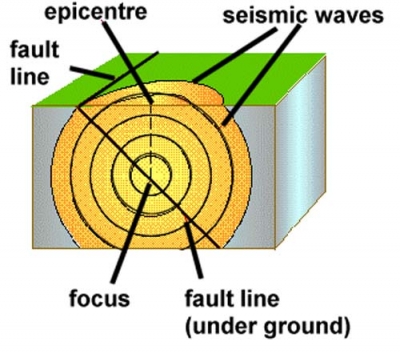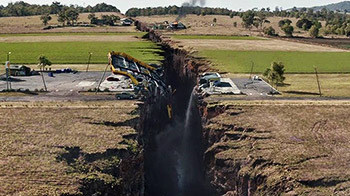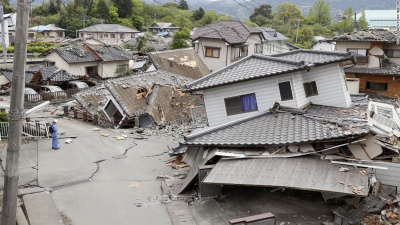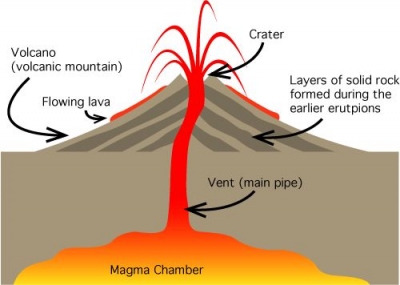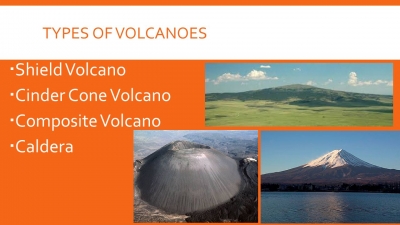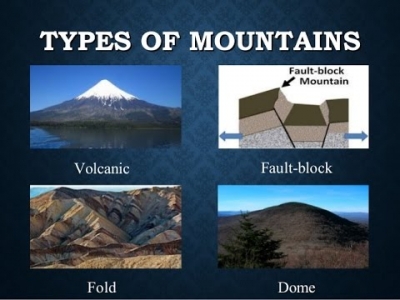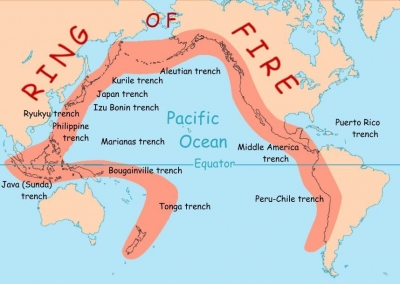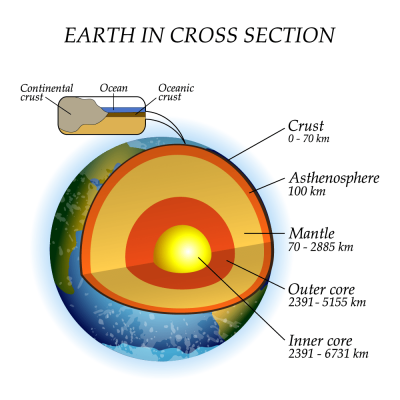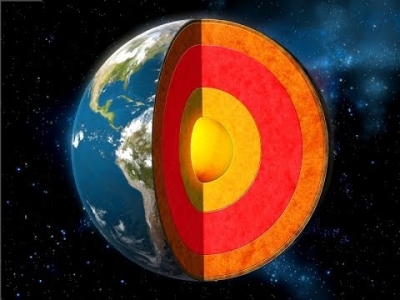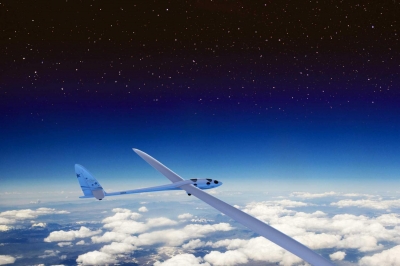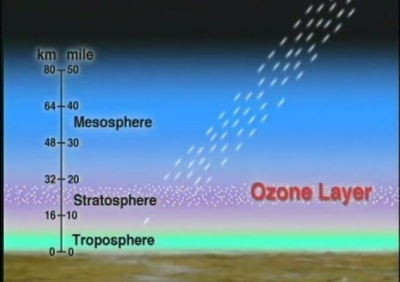What is the history of big earthquakes after 2000?
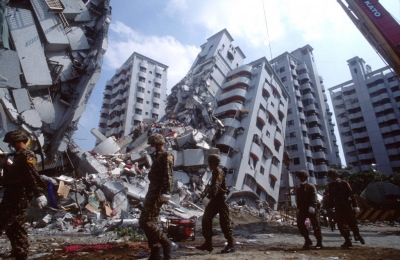
Southern Peru 2001
The 2001 southern Peru earthquake occurred at 20:33:15 UTC (15:33:15 local time) on June 23 with a moment magnitude of 8.4 and a maximum Mercalli intensity of VIII (Severe).
At least 74 people were killed, including 26 killed by a tsunami. At least 2,687 were injured, 17,510 homes were destroyed and 35,549 homes damaged in the Arequipa-Camana-Tacna area. An additional 64 people were missing due to the tsunami in the Camana-Chala area. Landslides blocked highways in the epicentral area. Many of the historic buildings in Arequipa were damaged or destroyed, including the left tower of the Basilica Cathedral of Arequipa.
Denali 2002
The 2002 Denali earthquake occurred at 22:12:41 UTC (1:12 PM Local Time) November 3 with an epicenter 66 km ESE of Denali National Park, Alaska, United States. This 7.9 Mw earthquake was the largest recorded in the United States in 37 years (after the 1965 Rat Islands earthquake).
Minor damage was reported over a wide area but the only examples of severe damage were on highways that crossed the fault trace and areas that suffered liquefaction, e.g. Northway Airport. Several bridges were damaged but none so severely that they were closed to traffic.
Hokkaid? 2003
The 2003 Hokkaid? earthquake, scientifically named the 2003 Tokachi-Oki earthquake, occurred off the coast of Hokkaid?, Japan on 26 September at 04:50 local time.
The tremor affected a total of 36 local rivers, including the major Abashiri and Ishikari Rivers. Many properties received considerable damage, and although there were no deaths, 849 people sustained injuries.
Sumatra 2004
Ans: This massive earthquake had a force of 9.3! It triggered a series of huge waves, called for thousands of kilometers across the Indian Ocean, killing 280,000 people. The resulting tsunami affected 12 nations around the Indian Ocean, with Indonesia suffering the greatest damage. In Aceh, the northern province of Sumatra, the United Nations (UN) Field Office reported approximately 131,000 people confirmed dead and 37,000 missing. With more than 80,000 houses sustaining major damage or collapse, the UN estimated that more than 500,000 people were displaced from their homes in Sumatra alone. In addition to the massive damage to housing, utilities, roads, and bridges, the disaster significantly disrupted the social fabric and government of the affected communities.
Nias–Simeulue 2005
The 2005 Nias–Simeulue earthquake occurred on 28 March off the west coast of northern Sumatra, Indonesia. At least 915 people were killed, mostly on the island of Nias. The event caused panic in the region, which had already been devastated by the massive tsunami triggered by the 2004 Indian Ocean earthquake, but this earthquake generated a relatively small tsunami that caused limited damage. It was the third most powerful earthquake since 1965 in Indonesia.
On the Indonesian island of Nias, off the coast of Sumatra, hundreds of buildings were destroyed. The death toll on Nias was at least one thousand, with 220 dying in Gunungsitoli, the island's largest town. Nearly half of Gunungsitoli's population (27,000) fled.
Kuril Islands 2006
The 2006 Kuril Islands earthquake occurred on November 15 at 8:14:16 pm JST with an Mw magnitude of 8.3 and a maximum Mercalli intensity of IV (Light). This megathrust earthquake was the largest event in the central Kuril Islands since 1915 and generated a small tsunami that affected the northern Japanese coast. This earthquake is considered a doublet of the 2007 Kuril Islands earthquake that hit the same area on January 13, 2007.
Sumatra 2007
The September 2007 Sumatra earthquakes were a series of megathrust earthquakes that struck the Sunda Trench off the coast of Sumatra, Indonesia, with three of magnitude 7 or greater. A series of tsunami bulletins was issued for the area. The most powerful of the series had a magnitude of 8.4, which makes it in the top 20 of the largest earthquakes ever recorded on a seismograph.
It caused buildings to sway in Jakarta, and some buildings were reported to have collapsed in the city of Bengkulu, Bengkulu Province, about 100 km from the epicenter. The earthquake also led to a power outage in Bengkulu, which crippled communications. The death toll of the earthquakes is 21 with 88 people injured.
China 2008
A force-8 earthquake struck Sichuan Province, China, in 2008. Huge chunks, of rock fell down from the mountains, smashing towns and villages. Tremors were felt up to 1,700 km (1,060 miles) away.
Almost 90,000 people were counted as dead or missing and presumed dead in the final official Chinese government assessment; the officially reported total killed included more than 5,300 children, the bulk of them students attending classes. In addition, nearly 375,000 people were injured by falling debris and building collapses. Hundreds of dams, including two major ones, were found to have sustained damage.
Italy 2009
In 2009, an earthquake measuring 6.3 on a seismograph struck L’Aquila in central Italy. Many buildings collapsed and around 300 people died. Thousands of smaller earthquakes, called aftershocks, followed.
By September 2009 vigorous assistance efforts had succeeded in moving some of the dispossessed into new homes, though thousands remained housed in temporary facilities. The town’s historic centre remained off-limits more than a year after the quake as restoration efforts proceeded slowly, and officials involved in the reconstruction effort were later investigated for wrongdoing in the awarding of public contracts.
Chile 2010
The 2010 Chile earthquake occurred off the coast of central Chile on Saturday, 27 February at 03:34 local time (06:34 UTC), having a magnitude of 8.8 on the moment magnitude scale, with intense shaking lasting for about three minutes.
According to official sources, 525 people lost their lives, 25 people went missing and about 9% of the population in the affected regions lost their homes.
Pacific coast of T?hoku 2011
The 2011 earthquake off the Pacific coast of T?hoku was a magnitude 9.0–9.1 (Mw) undersea megathrust earthquake off the coast of Japan that occurred at 14:46 JST (05:46 UTC) on Friday 11 March 2011, with the epicentre approximately 70 kilometres (43 mi) east of the Oshika Peninsula of T?hoku and the hypocenter at an underwater depth of approximately 29 km (18 mi).
It was the most powerful earthquake ever recorded in Japan, and the fourth most powerful earthquake in the world since modern record-keeping began in 1900.
Indian Ocean 2012
The 2012 Indian Ocean earthquakes were magnitude 8.6 and 8.2 Mw? undersea earthquakes that struck near the Indonesian province of Aceh on 11 April at 15:38 local time.
Four people in their 60s and 70s in Banda Aceh, and a 39-year-old man in Lhokseumawe died from heart attacks or shock. Injuries were reported in Aceh Singkil, including a child who was critically injured by a falling tree. The quake prompted people in Indonesia, Thailand and India to leave their homes and offices in fear of tsunamis.
Okhotsk Sea 2013
The 2013 Okhotsk Sea earthquake occurred with a moment magnitude of 8.3 at 15:44:49 local time (05:44:49 UTC) on 24 May. It had an epicenter in the Sea of Okhotsk and affected primarily (but not only) Asian Russia, especially the Kamchatka Peninsula where the shaking lasted for five minutes.
Iquique 2014
The 2014 Iquique earthquake struck off the coast of Chile on 1 April, with a moment magnitude of 8.2, at 20:46 local time (23:46 UTC).
Four men died of heart attacks and one woman was reportedly crushed to death when a wall collapsed. A loader was crushed by a falling metal structure and died of the injuries afterwards. Around 80,000 were displaced by the event. Electricity and water services were interrupted in the regions of Arica y Parinacota and Tarapacá.
Illapel 2015
The 2015 Illapel earthquake occurred 46 km (29 mi) offshore from Illapel (Coquimbo region, Chile) on September 16 at 19:54:33 Chile Standard Time (22:54:33 UTC), with a moment magnitude of 8.3.
Illapel, an inland city of some 30,000 residents, was reported immediately to be without electricity or drinking water. Two days after the quake, about 90,000 people were still without electricity. On September 21, officials were reporting over 9,000 people had been left homeless by the quake.
Ecuador 2016
At 18:58 ECT on April 16, a 7.8 Mw earthquake struck the coast of Ecuador approximately 27 km (17 mi) south-southeast of Muisne, in the province of Esmeraldas, at a depth of 20.6 km (12.8 mi). At least 676 people were killed and more than 16,600 others were injured in the earthquake. It was the worst natural disaster to hit Ecuador since the 1949 Ambato earthquake.
Chiapas 2017
The 2017 Chiapas earthquake struck at 23:49 CDT on 7 September (local time; 04:49 on the 8th UTC) in the Gulf of Tehuantepec off the southern coast of Mexico, near state of Chiapas, approximately 87 kilometres (54 mi) southwest of Pijijiapan (alternately, 101 kilometres (63 mi) south-southwest of Tres Picos), with a Mercalli intensity of IX (Violent).
Within Chiapas, an estimated 1.5 million people were affected by the earthquake, with 41,000 homes damaged. Jose Calzada, Minister of Agriculture, reported that at least 98 people had died in the earthquake, including 78 in Oaxaca, 16 in Chiapas and 4 in Tabasco.
Fiji 2018
A powerful 8.2 magnitude earthquake occurred in the Pacific Ocean near the islands of Fiji and Tonga on Sunday morning local time, according to the United States Geological Survey (USGS).
The epicentre of the quake was located 281 km northeast of the Ndoi Island in Fiji at a depth of 560 kilometres. Fiji is located in the Ring of Fire, an area in the basin of the Pacific Ocean, which is vulnerable to frequent earthquakes and volcanic eruptions.
Picture Credit : Google
